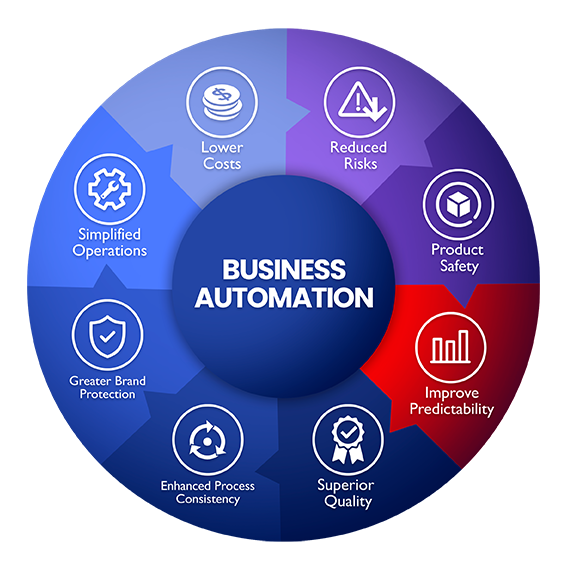“What is Data Science? Key Concepts, Applications, and How to Get Started”

Introduction
Data Science is a combination of multiple disciplines that use statistics, data analysis, and machine learning to analyze data and extract knowledge and insights from it.
What is Data Science?
Data Science is about data gathering, analysis, and decision-making.
Data Science is about finding patterns in data, through analysis, and making future predictions.
By using Data Science, companies can make:
Better decisions (should we choose A or B)
Predictive analysis (what will happen next?)
Pattern discoveries (find pattern, or maybe hidden information in the data)
Where is Data Science Needed?
Data Science is used in many industries in the world today, e.g. banking, consultancy, healthcare, and manufacturing.
Examples of where Data Science is needed:
For route planning: To discover the best routes to ship
To foresee delays for flight/ship/train etc. (through predictive analysis)
To create promotional offers
To find the best-suited time to deliver goods
To forecast the next year’s revenue for a company
To analyze the health benefits of training
To predict who will win elections
Data Science can be applied in nearly every part of a business where data is available. Examples are:
Consumer goods
Stock markets
Industry
Politics
Logistic companies
E-commerce
How Does a Data Scientist Work?
A Data Scientist requires expertise in several backgrounds:
Machine Learning
Statistics
Programming (Python or R)
Mathematics
Databases
A Data Scientist must find patterns within the data. Before he/she can find the patterns, he/she must organize the data in a standard format.
Here is how a Data Scientist works:
Ask the right questions – To understand the business problem.
Explore and collect data – From database, web logs, customer feedback, etc.
Extract the data – Transform the data to a standardized format.
Clean the data – Remove erroneous values from the data.
Find and replace missing values – Check for missing values and replace them with a suitable value (e.g. an average value).
Normalize data – Scale the values in a practical range (e.g. 140 cm is smaller than 1,8 m. However, the number 140 is larger than 1,8. – so scaling is important).
Analyze data, find patterns, and make future predictions.
Represent the result – Present the result with useful insights in a way the “company” can understand.
@rootbix infotech pvt ltd.






